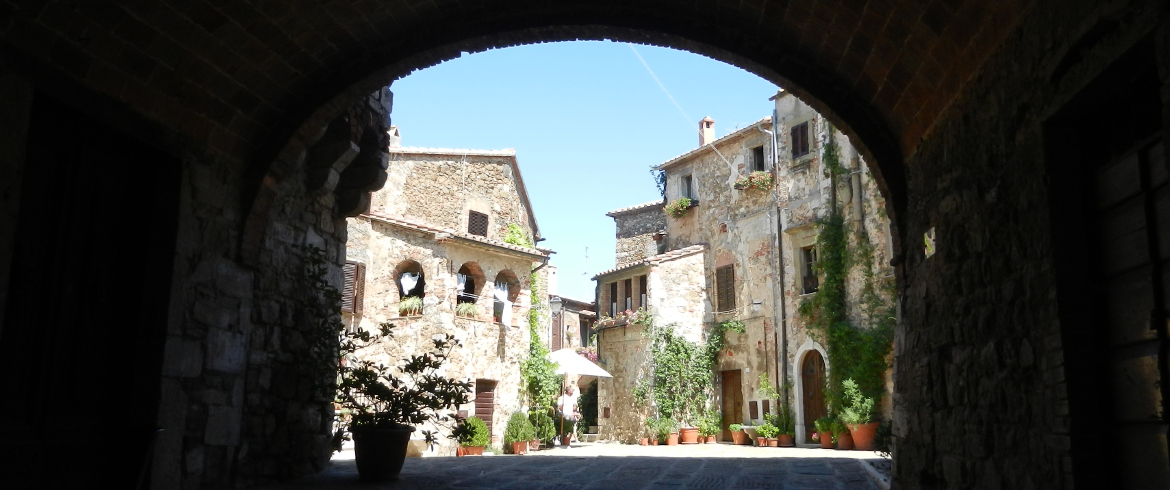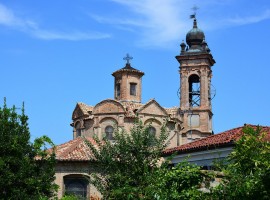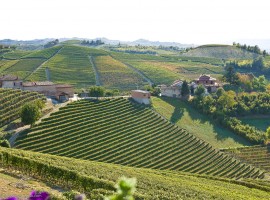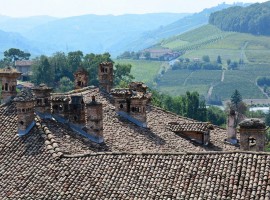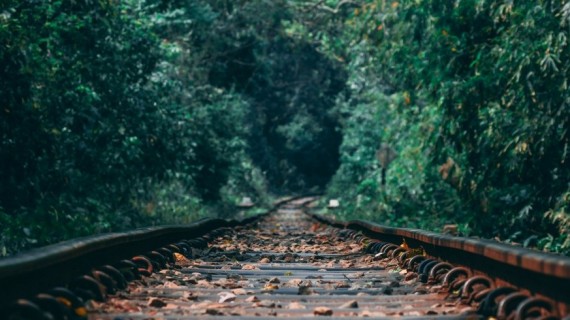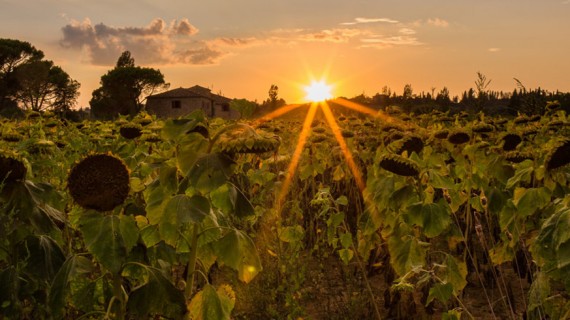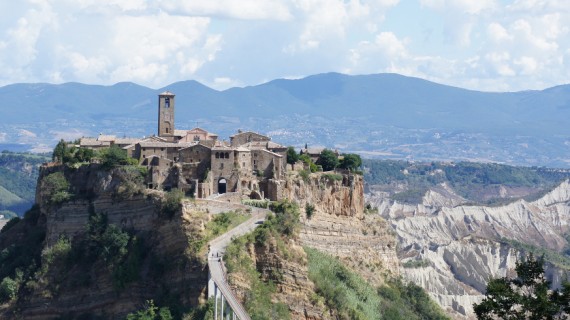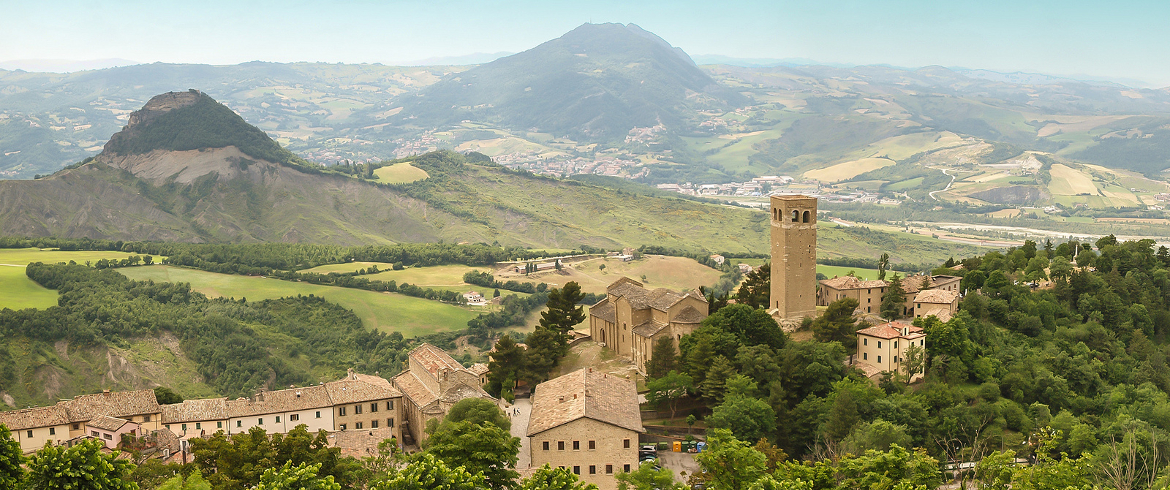As we have already announced, this year in Italy is the Year of Villages. We’ll celebrate those ancient and fascinating places that represent the most authentic Italy. So we decided to go to the discovery of the typical Italian atmosphere.
Italy is a country full of magic and enchanting places that attract travelers from all over the world. The richness of this country is not confined to museums, big cities, great masterpieces and art works, but also in the intangible beauty that lives in the small or large villages of the peninsula.
3 Villages: one in the North, one in the Center and one in the South: this is the journey we want to tell you about today. We have discovered these 3 corners of Italy, strolling through the streets and squares and savoring the scents and flavors typical of the area.
Neive, land of the four wines
- Photo by Paul Arps via Flickr
- Photo by Eirik Solheim via Flickr
- Photo by Paul Arps via Flickr
We are in Piedmont, in the heart of the Langhe, a historic region made of rolling hills and noble vineyards. Neive is probably the emblem of the area. Surrounded by breathtaking landscapes that change color depending on the season, the village maintains its medieval setting. Its red roofed stone houses overlook the beautiful alleys, the Clock Tower, that is the last testimony of the castle, overlooks the Old Town.
What to eat: the intense aromas of the wines of Neive, which are Barbaresco, Barbera, Moscato and Dolcetto wines, accompany the typical dishes of the Langhe. We tasted tajarin with truffles, egg noodles seasoned with white truffle.
Where to stay: Gilda e i suoi amici is a welcoming eco-friendly Bed & Breakfast located in an old stone house, surrounded by greenery and a short walk from the center of Neive. Here you can enjoy a great breakfast with local and organic ingredients and relax in a large garden.
Montemerano, the gem of Maremma
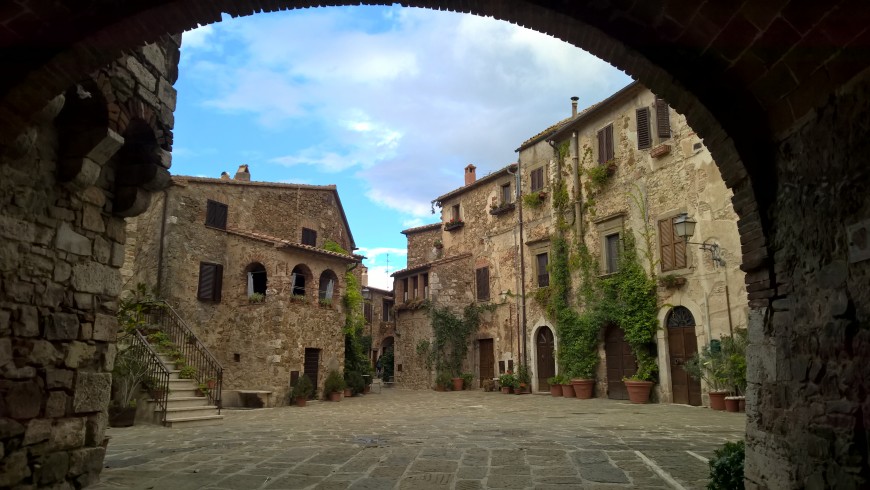
Here we are in the heart of Italy, in the famous Tuscany. Here, among the many villages in the area, we chose to visit Montemerano, in the hills of Maremma. Our visit start in Castle Square, the oldest nucleus of the village where you can breathe the medieval atmosphere. We also see the Church of St. George, dating back to the 14th century; and then we discover the city wall.
What to eat: the specialty of this village is acquacotta, vegetable soup with onion, celery and tomato and a fresh egg. The hot soup is poured onto stale bread.
Where to stay: Not far from the village, you can stay at the farmhouse Le Macchie Alte, with 420 hectares of olive groves, cereals and forage, breeding maremma cows, wild boars and pigs.
Cefalù, between its cathedral and the sea
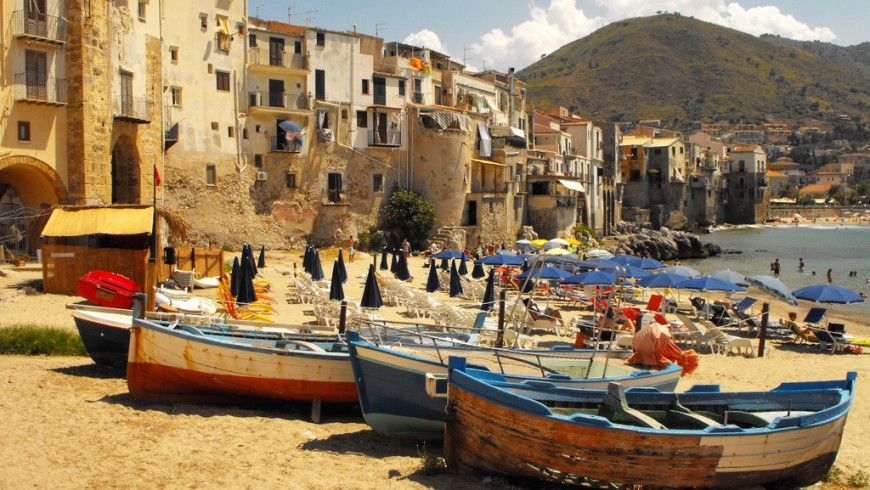
Here we are in South Italy, to discover the villages of this corner of Italy heated by the sun. We are in Sicily, in the province of Palermo, facing the Sea. A megalithic wall, dating to the fifth century BC surrounds the historic center of Cefalù, a village that recalls many tourists in the summer but retains its ancient charm. We fall in love with the seaside village, where the houses face the sea, and we remain speechless in front of the cathedral, which has become the patrimony of Unesco.
What to eat: the village’s cuisine is mainly tied to the sea, but the dish that remains in the heart is pasta ’a taianu, seasoned with ragu, meat, and fried eggplants.
Where to stay: Discover the various options for green staying in Cefalù!
Lovere, gem of Lake Iseo
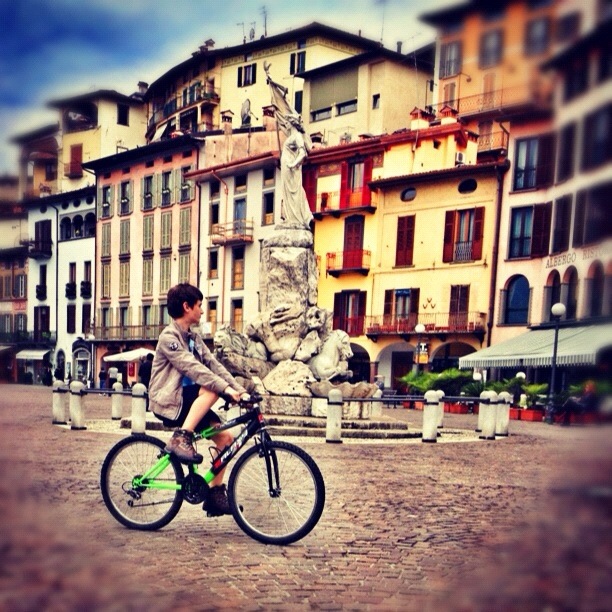
We are in Lombardy, on the shores of Lake Iseo. Lovere is an elegant town, close to the mountains and lake waters. Here we are enchanted by the beauty of Piazza XIII Martiri, the harbor square. From here we find the old town, the old civic tower with the clock. On the lakeshore, we notice elegant palaces such as Palazzo Gregorini.
What to eat: there is nothing better than staying in some lake-view restaurants to enjoy the typical grilled polenta with the lake fish.
Where to stay: an ancient castle on the lake, with eco-friendly apartments and a breathtaking view of the lake.
Cisternino, the white houses of Apulia
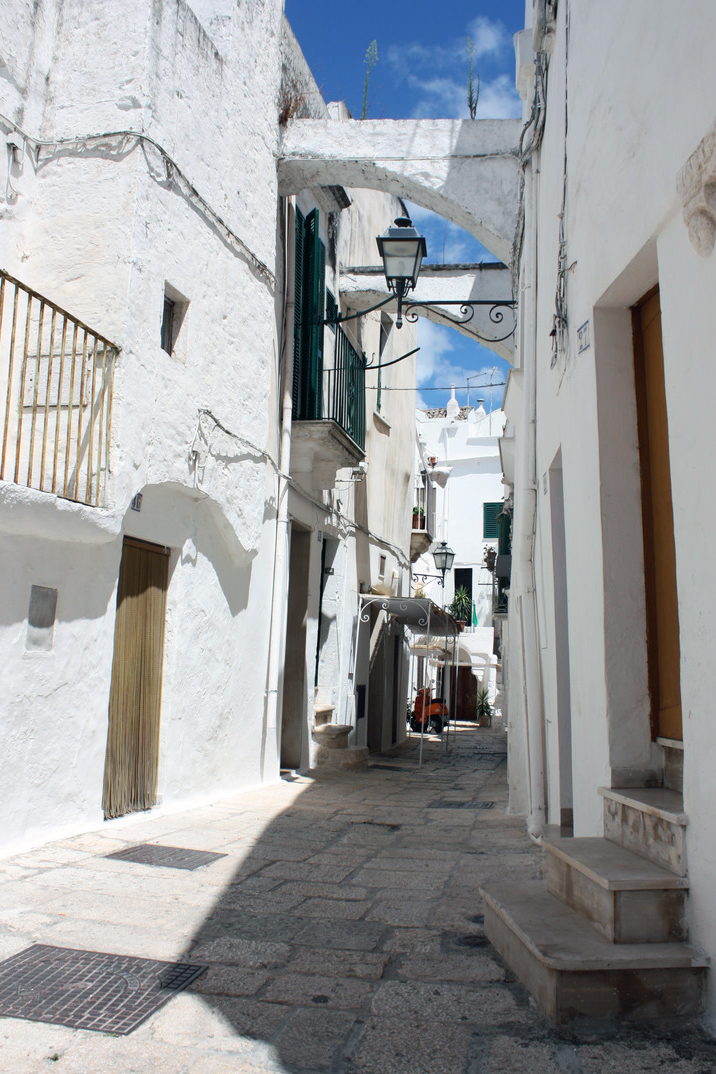
Province of Brindisi, a beautiful village surrounded by breathtaking landscapes. Cisternino faces the valley of Itria and is characterized by its white houses in the old town, which do not seem to follow a true architectural plan, and the trulli and olive groves of the countryside. As often happens with the Italian villages, the best thing to visit them and live them is to navigate through the streets and scenic scenery.
What to eat: one of the strong points of Cisternino are the butchers of the old town, directly connected with small taverns. Outdoors, on the wooden table, you can eat the meat bought at the counter and cooked on the spot.
Where to stay: just a few kilometers from the village there is Ostuni. Here we can stay at the Salinola farm, with a garden and a swimming pool, an ideal place for those who want to spend a family or friends vacation in total relax.
Vigo di Fassa at the foot of the mountains
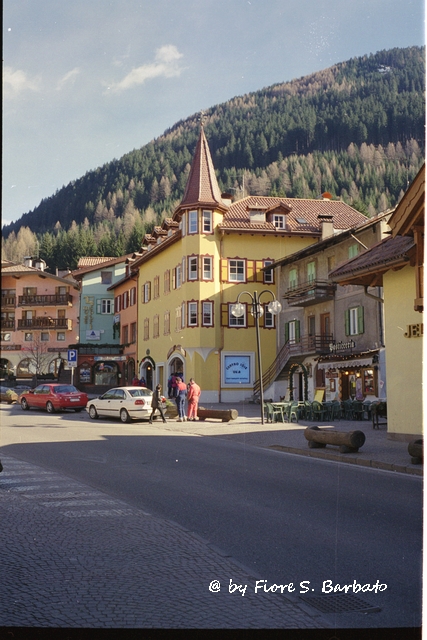
We move to Trentino to visit this destination known by hikers and climbers. Vigo di Fassa is surrounded by the beautiful nature of Trentino and its indescribable colors, but also the small helmets of the village have so much to tell. The village is indeed the custodian and heart of the millennial Ladin culture.
What to eat: from Ladin cuisine, we taste gnoches da formài, gnocchi prepared with local cheese and seasoned with abundant melted butter.
Where to stay: Active Hotel Olympic is a family-run, environmentally-friendly property offering a wellness center and comfortable rooms.
Piediluco at the foot of the sacred wood
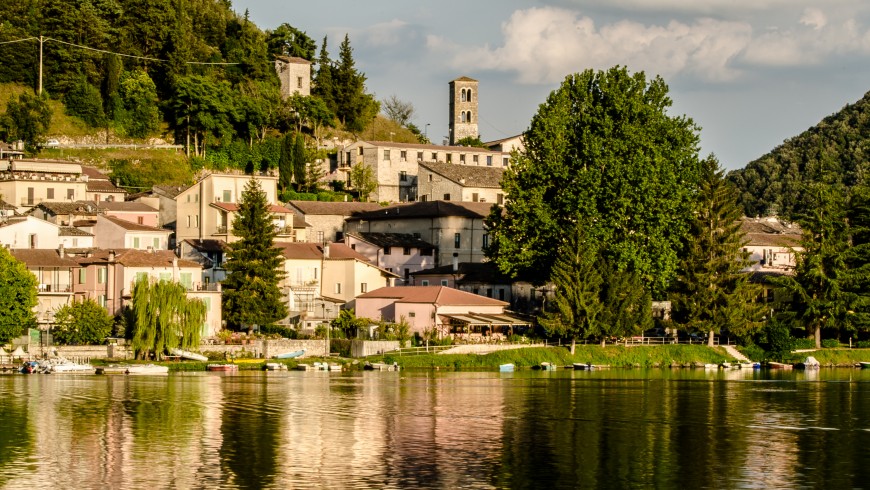
Piediluco is a picturesque village, located in a narrow flap of land running between the lake of the same name and the mountain. Its origins are medieval, like those of the fort that dominates the panorama of the village and its colorful houses. Do not miss The Water Party, when on a romantic a historic procession of medieval costumes, from the center of the village, comes to the shores of the lake, from where the archers throw fiery arrows that illuminate the sky before reaching the water and giving birth to a great aquatic bonfire.
What to eat: The typical dish of this hamlet is the carbonaretti, perch fish cooked on naked flame, served only with of olive oil, salt, pepper and garlic.
Where to stay: On the shores of the lake, the B&B I Cavalieri del Lago is waiting for you, a beautiful stone villa immersed in a 5 hectare park with heated swimming pool, organic garden and services for cyclists.
Bosa, a river and the sea
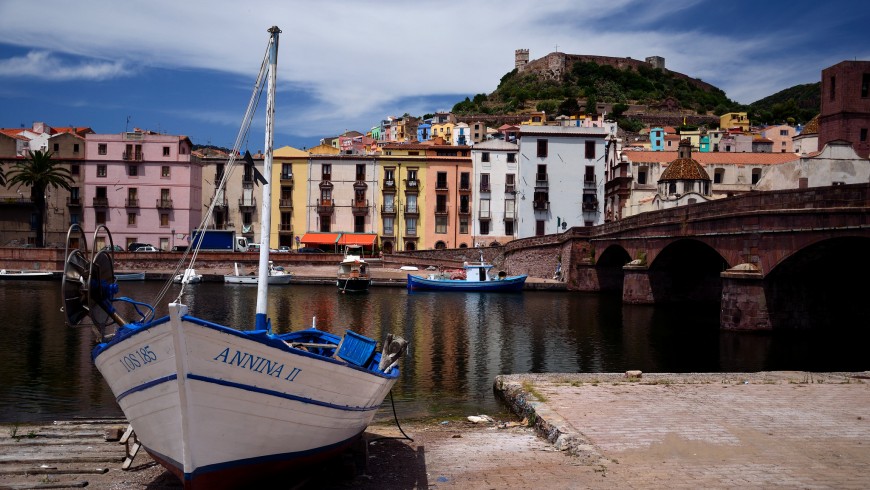
Bosa is one of the most colorful villages in Sardinia and its houses stand beside the Temo River or on the slopes of Serravalle hill or near the sea. The different areas of the village have different characteristics, but are combined with their fascinating charm and unique atmosphere. Beaches, crystal clear waters, coral reefs and wildlife surround the town.
What to eat: how can you not taste s’azzada, a lobster soup?
Where to stay: not far from the village, Villa Asfodeli invites us to relax. In the historic center of Tresnuraghes, it is an eco-friendly Albergo Diffuso, but also a bicycle hotel with many wellness services such as the swimming pool, Turkish bath, whirlpool and relaxation area.
Sesto al Reghena, and its ancient abbey
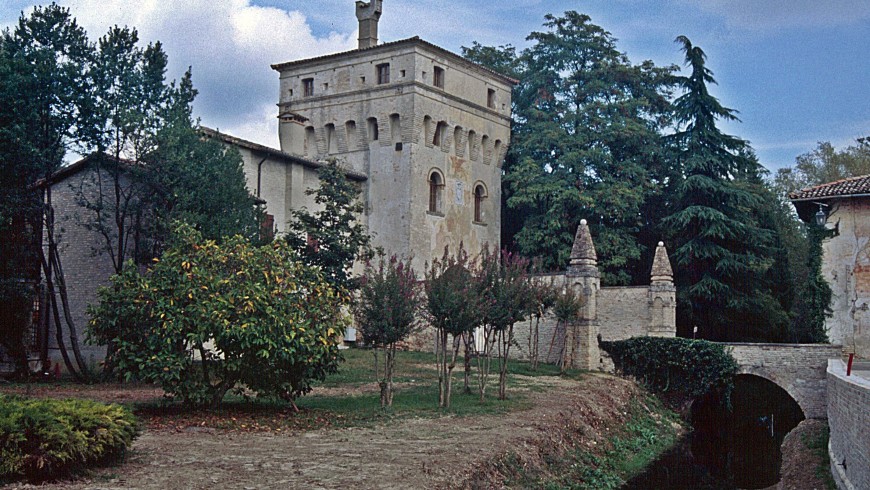
Surrounded by greenery there is this small village of Friuli. Here, in the tiny historic center, there is a beautiful abbey dating to the 7th century. The complex is located in an island surrounded by canals, with a bridge and an entrance tower. Inside we can not miss the Basilica, which contains Giotto’s frescoes from the 300’s.
What to eat: one of the typical dishes of the area is the chicken breast with radicchio, ham and potatoes.
Where to stay: Alla Olla Bio B&B is a wooden house among brooks and orchards. Here you can enjoy a good organic breakfast and use the free bicycles for exploring the surroundings.
Scanno, the city of photographers

We are in Abruzzo, a region that has so much to offer. One of the jewels in the area is definitely Scanno, a village where you can enjoy a unique atmosphere. Here it seems that time has stopped and ancient traditions live in every inhabitant. It’s hard not to fall in love with this place, its jewelery shops, the endless staircases, it’s hard not to think about Christmas crib as we walk among the alleys. Henri Cartier-Bresson, Hilde Lotz-Bauer and Mario Giacomelli also fell in love with this place and captured with their camera the indescribable views of the village and its inhabitants. At this point, you just have to try and take some photo yourself, right in the Street of Photographers, which offers one of the most fascinating panoramic views.
What to eat: we can not miss the Pan dell’Orso, the typical dessert of the village, a soft dough of almonds and honey, covered with chocolate.
Where to stay: Valle Scannese da Gregorio is an organic farm that offers genuine simplicity, family welcome and the flavors of tradition.
Cover image: glimpse of Piazza Castello in Montemerano, photo by Hurricane353, via Wikimedia
